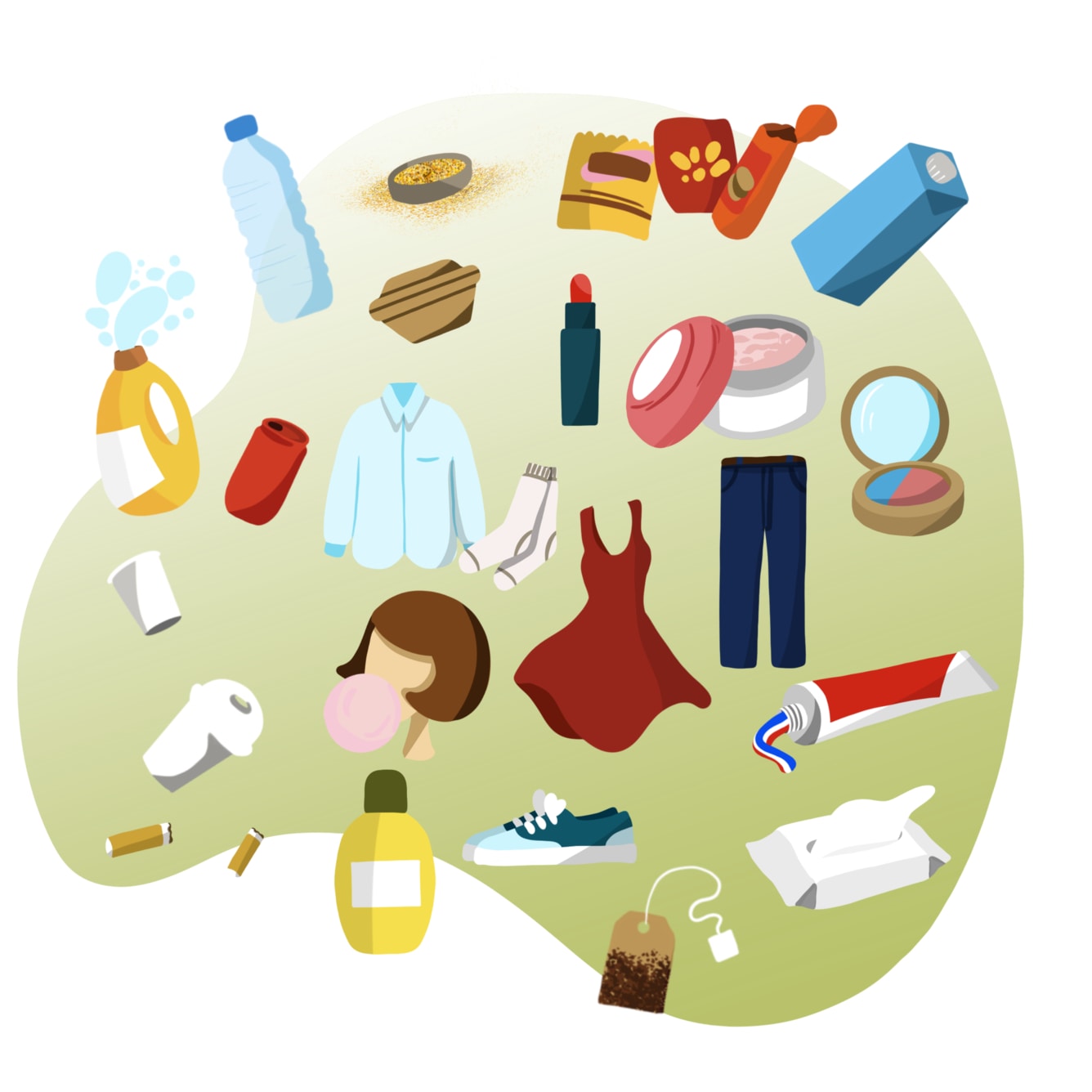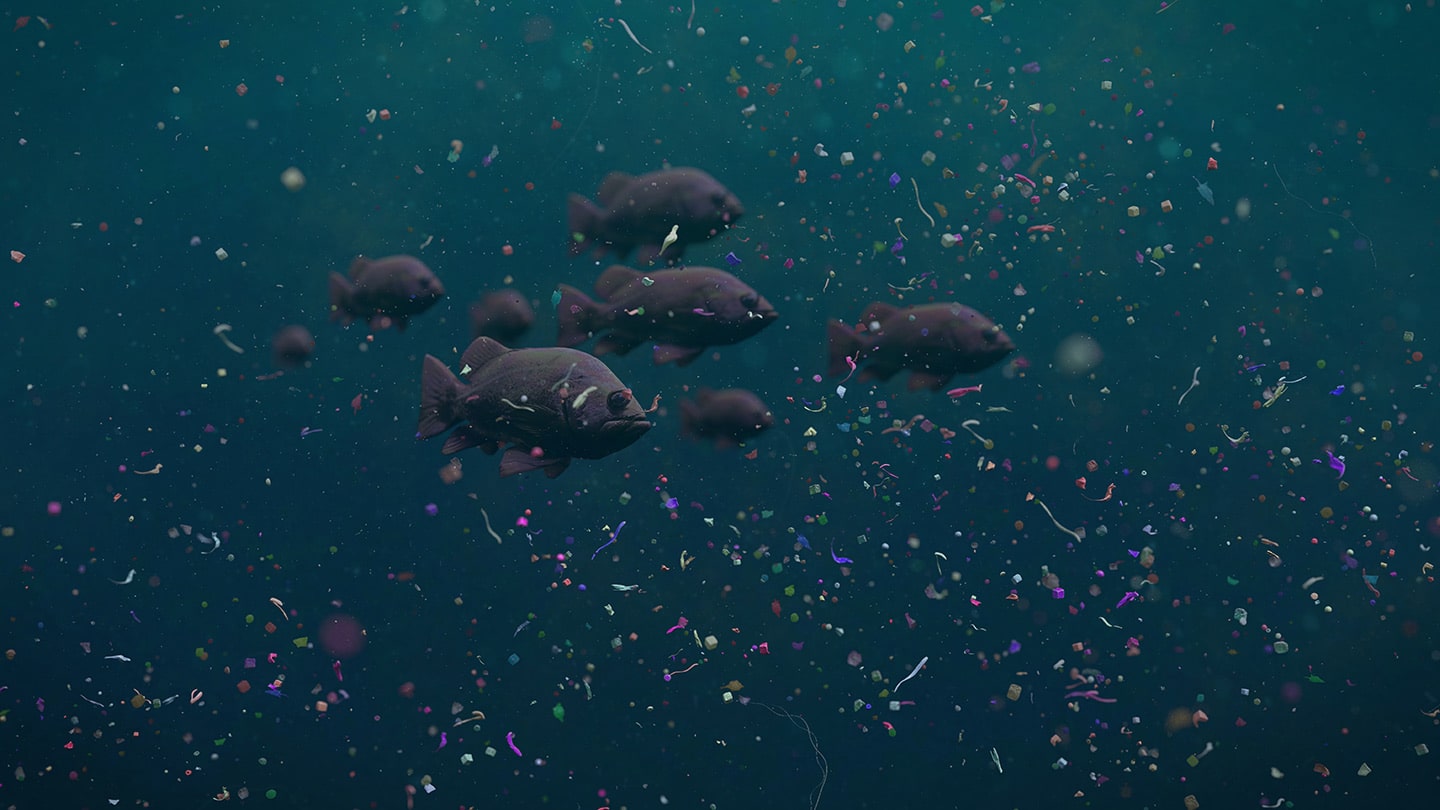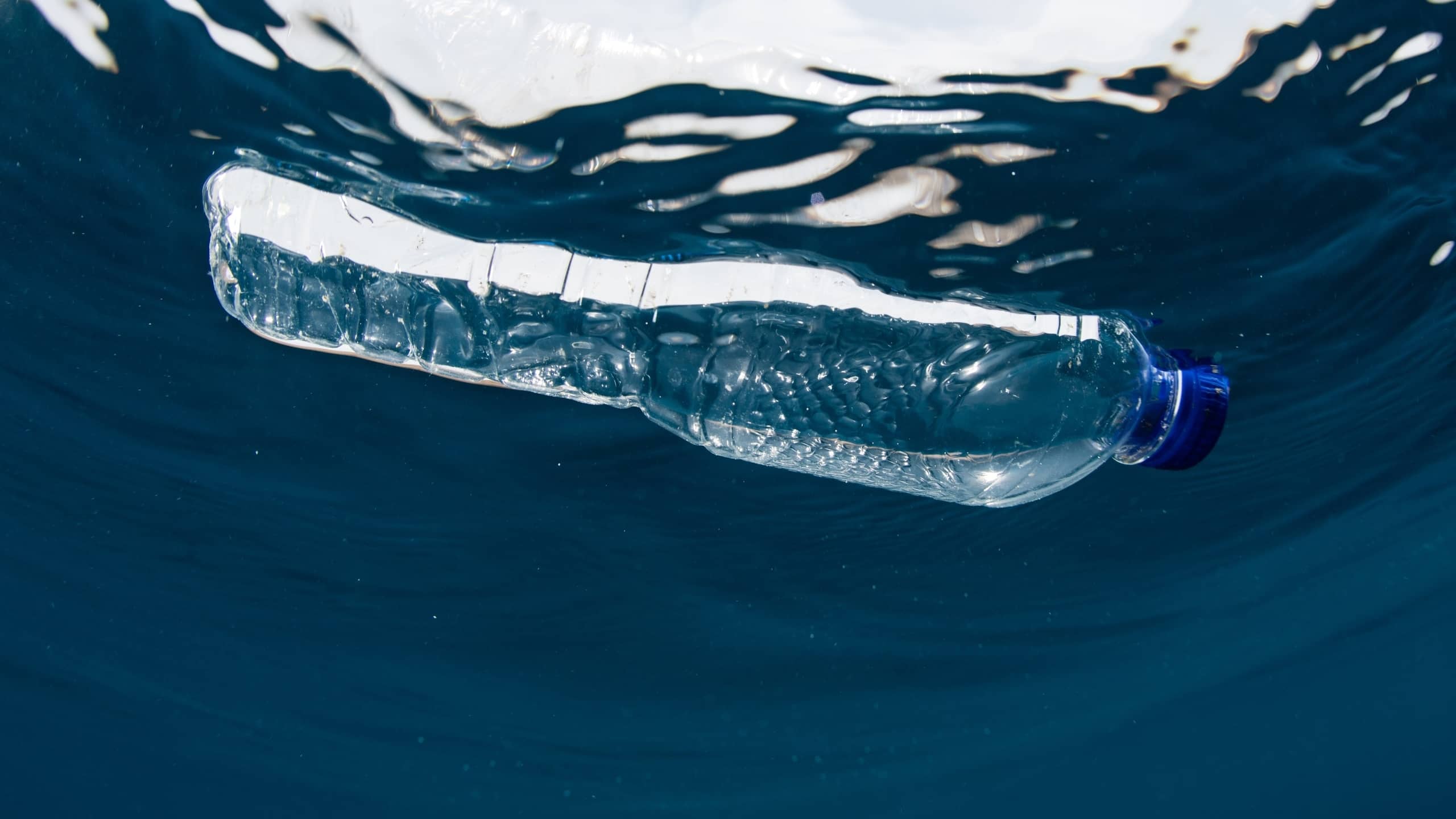Not-so-fantastic microplastic
Plastic is an extremely versatile material. It is inexpensive, durable and flexible. That's why it has so many applications in everyone's daily life, all over the world.Ever since plastic was invented, its versatility has been closely linked to the evolution of societies. For example, plastic is a material that ensures the protection of food. Or it has enabled the development of medical devices to stop the spread of diseases. However, plastics are present in more things than we often realise. And even when they are invisible to the naked eye, microplastics are there.
Microplastics with macro-impact
Microplastics are plastic fragments with very small dimensions, of around 5 mm or less, according to the European Chemicals Agency. There are two main classifications, depending on their provenience:
-
Primary microplastics
Those directly released into the environment after being voluntarily added to varied products, or those resulting of the abrasion of larger plastic parts, during production or use. Primary microplastics include the plastic fragments from exfoliating agents introduced in cosmetics, fibres released in laundry washing, or from the normal wear of tires.
-
Secondary microplastics
Those resulting from the erosion of larger plastic pieces, after being exposed to marine environments. They have their origin in plastic bag degradation, ghost nets, water bottles and in all the plastic litter that ends up in the oceans.
Why are microplastics so dangerous?
The seas and oceans in our planet are extremely polluted with plastic. There is, in the Pacific Ocean, the so-called Great Pacific Garbage Patch, with a minimum estimated size of around 700,000 km² – an area larger than the Iberian Peninsula! This “garbage island” is composed of macroscopic plastics, that is, plastic objects and pieces that are easily seen and detectable.
Microplastics, on the other hand, are extremely difficult to detect and this is what makes them a huge threat. By being so difficult to detect, they are also very difficult to avoid, especially by marine animals who often and unknowingly end up ingesting them.
How do they affect our lives?
It is estimated that there are around 93 to 268 thousand tonnes of microplastics floating in the sea, but the amount of microplastics that is deposited on the ocean floors is still unknown. And since plastic is a relatively recent invention, there isn’t enough data yet on their long-term effects on human health.
What we do know is that they can be slowly entering the food chain: they end up being ingested by fishes and other marine animals and might penetrate the food chain.
Nanoplastics?
Besides microplastics, there is a new classification emerging: nanoplastics. These have dimensions smaller than 1 μm (micrometre) – a thousandth of a millimetre – and, because of their reduced sizes, can pass through cellular membranes and affect cellular functions. Although the effects of nanoplastics on animal health are not yet understood, there is some evidence of fishes with large quantities of these plastics in essential organs like gallbladder, pancreas, or brain. The risk for humans – by consumption of many species of wild fish – is still not known.

What products contain microplastics?
Primary microplastics are found in a wide range of products, especially cosmetics, personal hygiene products, and cleaning products. Toothpaste, face and body scrubs, lotion, soap, shampoo, laundry detergents, eye shadow, air freshener, or wet wipes are only some of the daily-use products that contain microplastics. Clothes made of synthetic fibres also release them in every wash.
Know which products contain microplastics at Stop the Microbead, a Plastic Soup Foundation project.
Fighting microplastics: what is Jerónimo Martins doing?
Pingo Doce and Recheio Cash & Carry have removed microplastics from their Private Brand products in the personal hygiene, cosmetics and detergent categories. This is just one of the initiatives that is part of an ambitious project: Amar o Mar (Loving the Sea).
In 2020, Pingo Doce removed microplastics from 321 products and Recheio Cash & Carry began to have 199 products of the Amanhecer and MasterChef brands completely microplastics-free.


